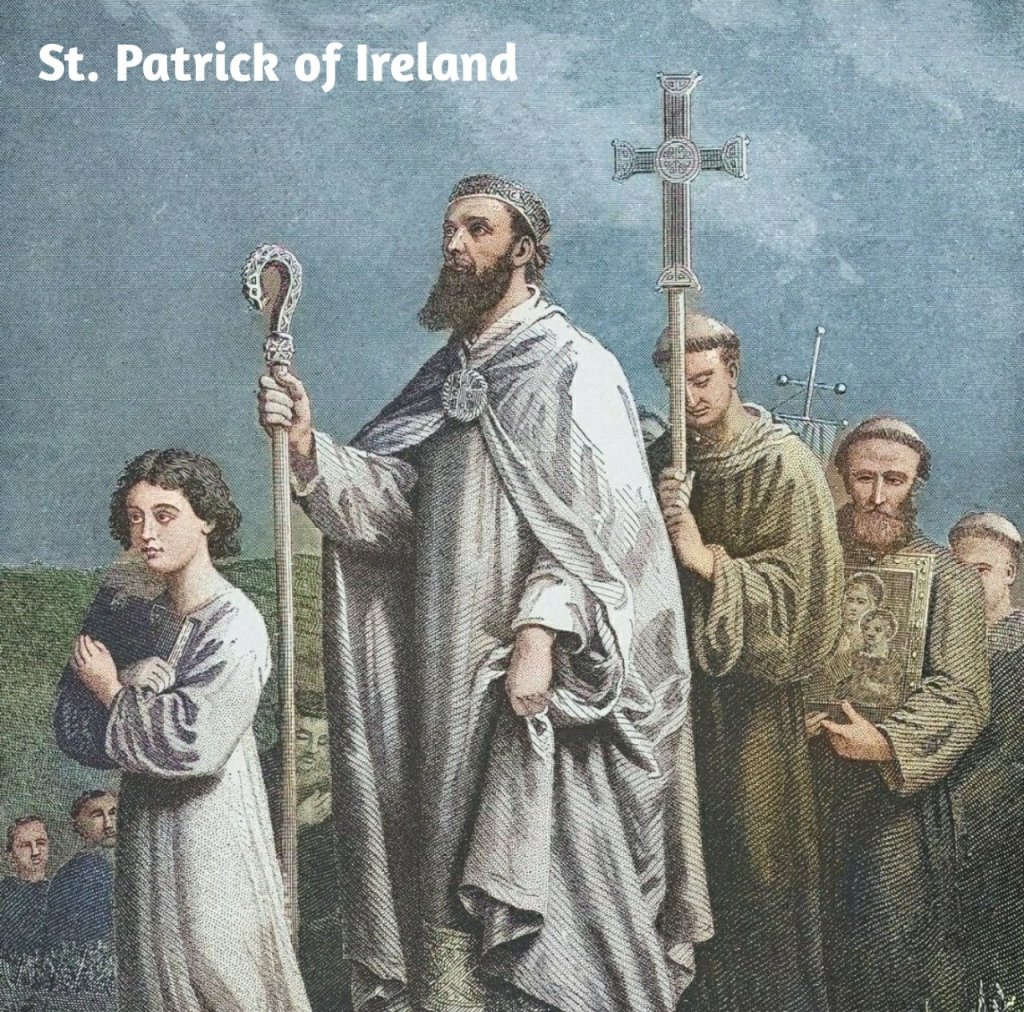Since American Leftist ideologues are in the process of cancelling mothers, other women, and girls even up to official White House documents; and since indeed they will not allow the traditional scriptural definition of women and girls, your mother and I will no longer celebrate the American corporate ‘Mothers Day’ money grab. We will be reverting to the traditional Mother’s Day of our ancestors in Ireland, March 19, which at least in principle has recognized the traditional theological underpinnings, the spiritual and physical meanings of this special day.

The American Mother’s Day evidently began only in 1908. It was established by Anna Jarvis, with her first official Mother’s Day celebrated through a service of worship at St. Andrew’s Methodist Church in Grafton, West Virginia, on May 10, 1908
The history of Mother’s Day in Ireland by contrast is spiritual and goes back to the Middle Ages. It honors our Blessed Mother, Mary, as well as our own mothers and wives:
The history of Mother’s Day in Ireland

Written by Alannah Ita Healy on March 9, 2021
“Mother’s Day is a celebration honouring mothers, maternal figures and motherhood. While over in the USA the day originated in the early 20th century (created by West Virginian Anna Jarvis in honour of her late mother) and is celebrated in May, the Irish Mother’s Day, celebrated in March, has much older ties.
Originally referred to as Mothering Sunday, the tradition began as a religious custom. Held three weeks before Easter on the fourth Sunday in Lent, the day coincides with Laetare or Mid-Lent Sunday. Traditionally, Laetare Sunday was a day of respite from fasting, halfway through the penitential season of Lent.
The day’s association with motherhood stemmed from honouring Mary, Mother of God, and from the several references to mothers and metaphors for mothers in texts read in Mass in the Middle Ages. Inspired by one such psalm (‘We will go into the house of the Lord’), people began the tradition of calling to their ‘mother church’ on the day, typically the local cathedral.
During the 16th century, people continued to visit their ‘mother churches’ on Laetare Sunday. By this time, ‘mother church’ referred to either the church where one was baptised, the local parish church, or the nearest cathedral (the mother church of all the parish churches in a diocese). Partaking in the tradition was often called going ‘mothering’, a term recorded in 1644. The gatherings reunited families, and also gave children that worked as domestic servants, or as apprentices away from home (sometimes as young as ten years old), the chance to have the day off to join their family and see their mothers. It was traditional also for mothers to be presented with flowers, picked by children on the way home from church…

Today, the day holds a firm place in the Irish calendar. Due to American influence, the celebration is now more commonly referred to as simply Mother’s Day, and its traditions have evolved from presenting mothers with wildflowers picked on the way home, to the giving of cards, bouquets and gifts – and of course, the ever-popular breakfast in bed.”
So scratch the American date (for us anyway) this year and ever after. Next year you might join us in celebrating Mother’s Day more spiritually and traditionally, on March 19.
——–
— Why is social media pushing young women to donate their eggs?
Updated.
Family: “He that forsaketh his father is as a blasphemer; and he that angereth his mother is cursed: of God.” — Ecclesiasticus 3:16

